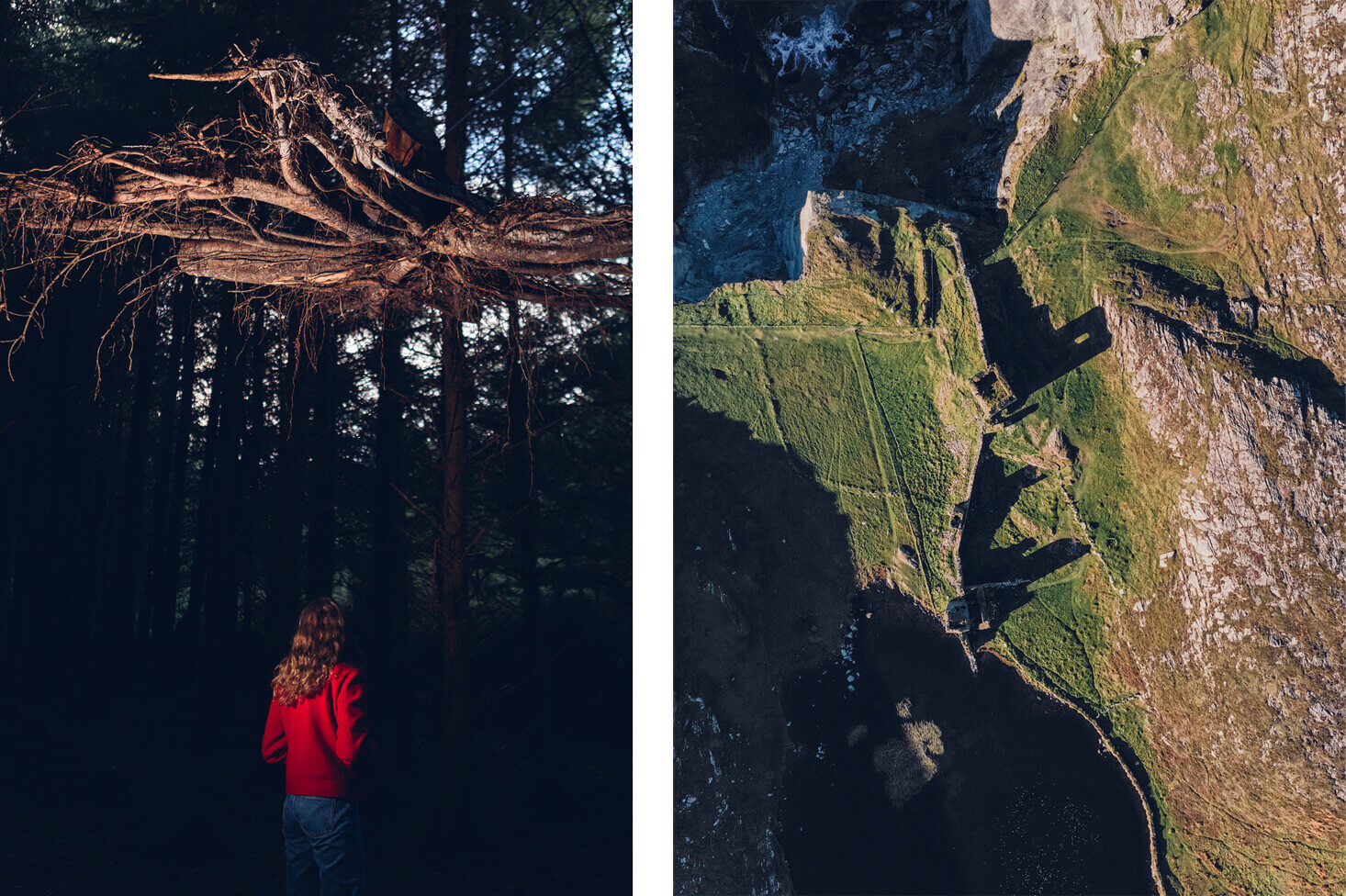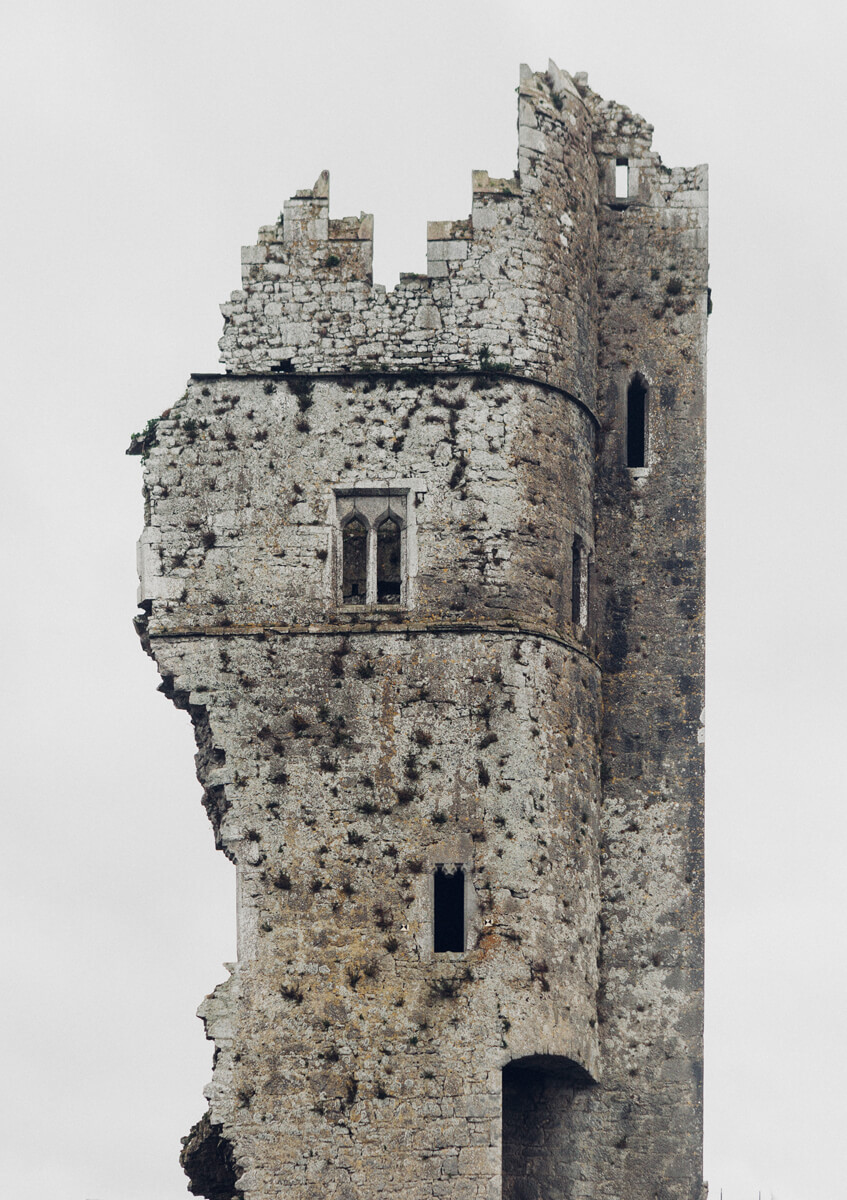#TOUR
LEVEL 1 | NINA RÖDER
In 2017, after the death of Nina Röder’s grandparents within one year, their house had to be cleared. The artist follows the decision-making process on which items to part with and which to keep as mementos, in her series Wenn du gehen musst willst du doch auch bleiben (When you have to go you also want to stay). Movingly and humorously, Nina Röder photographs the furnishings of the house and personal effects for the last time – presented performatively together with her mother and cousin wearing her grandmother’s clothes.
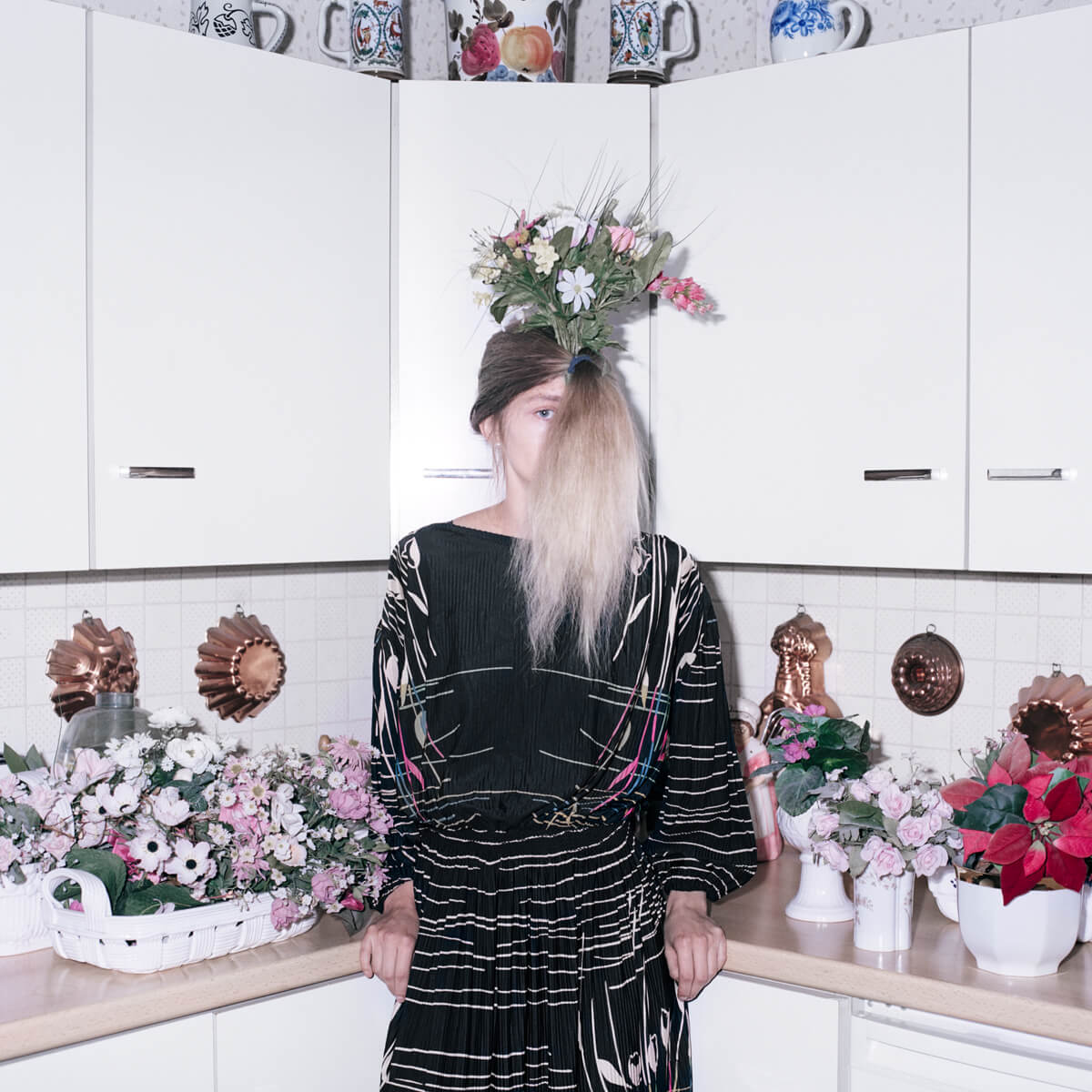
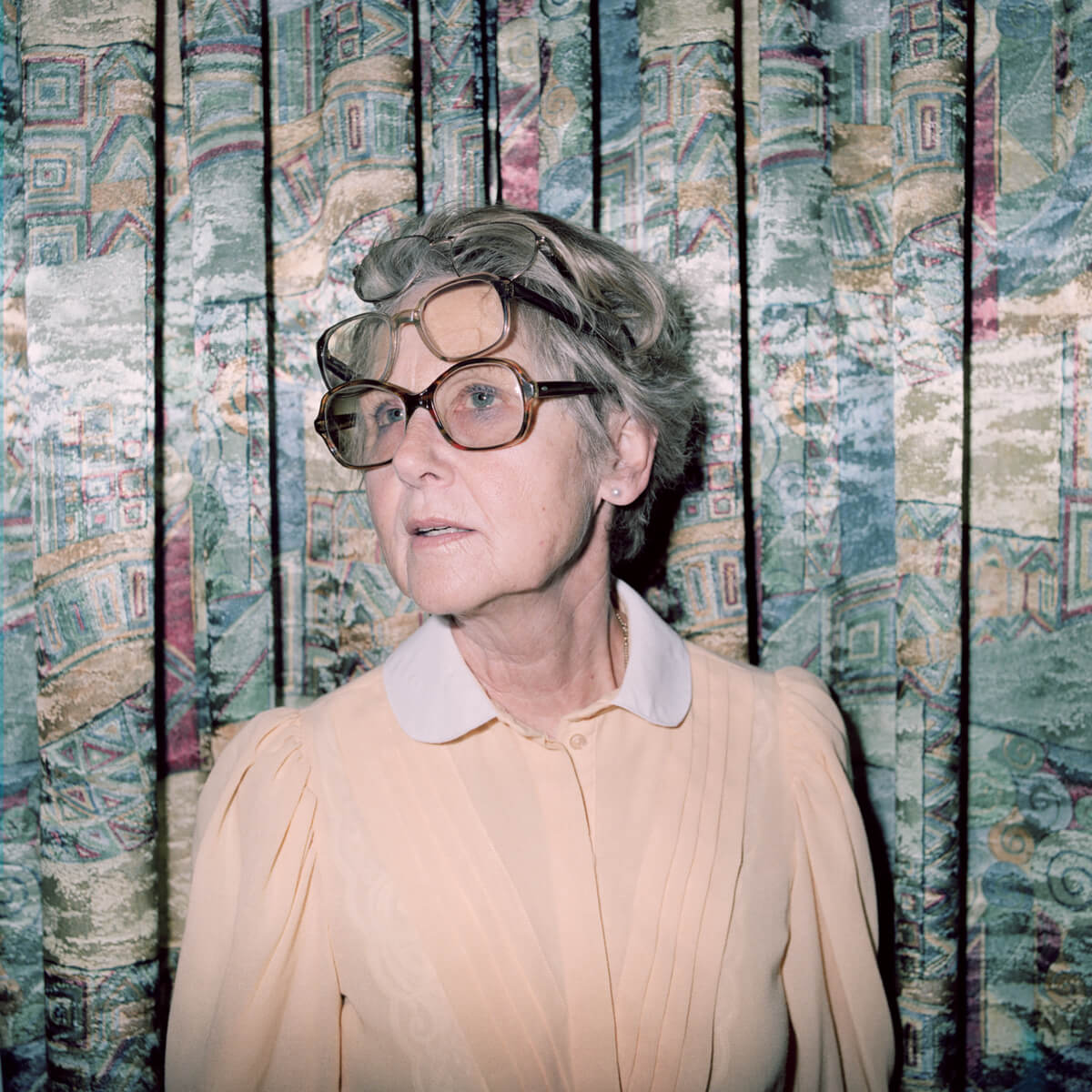
LEVEL 1 | MARIE ZBIKOWSKA
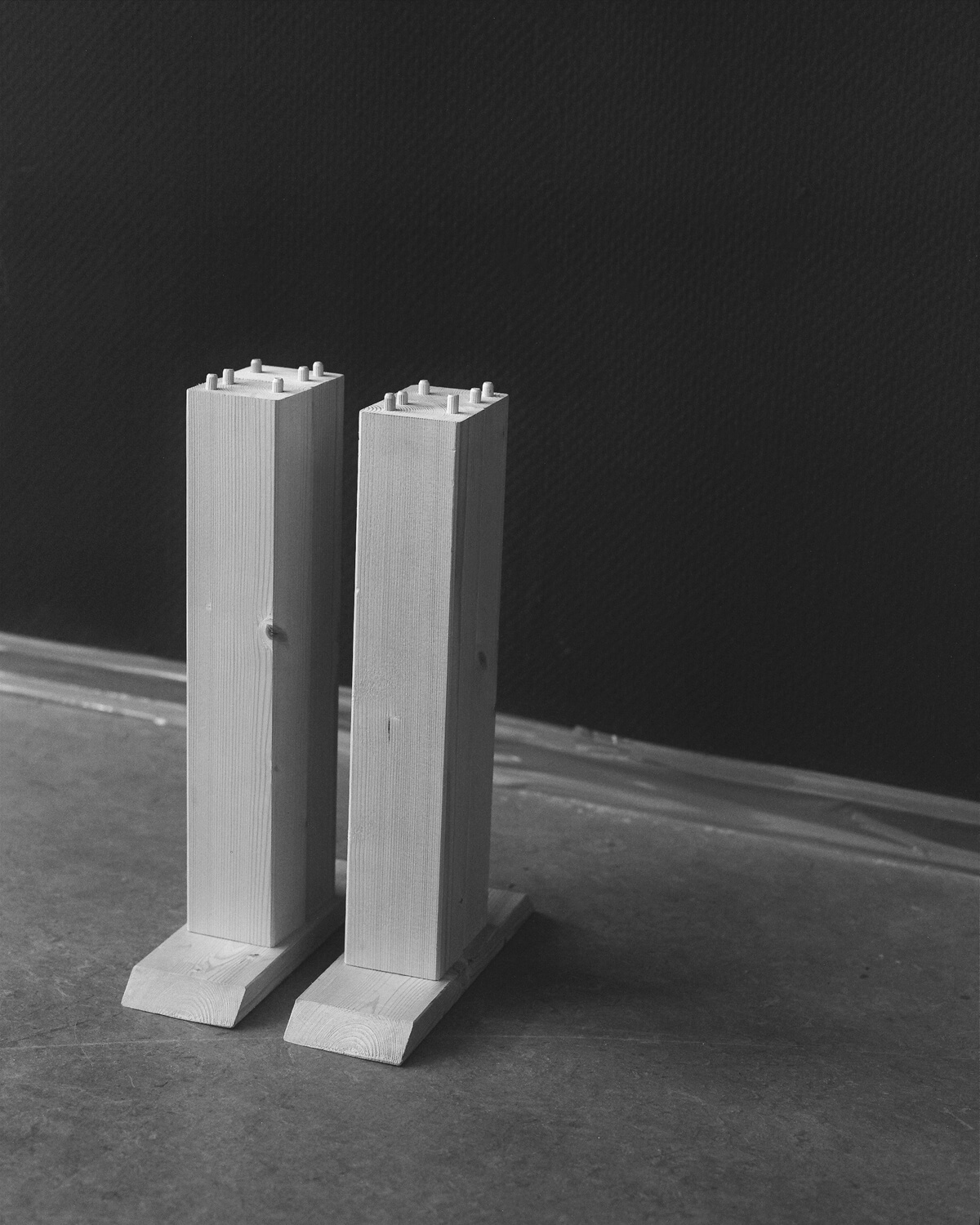
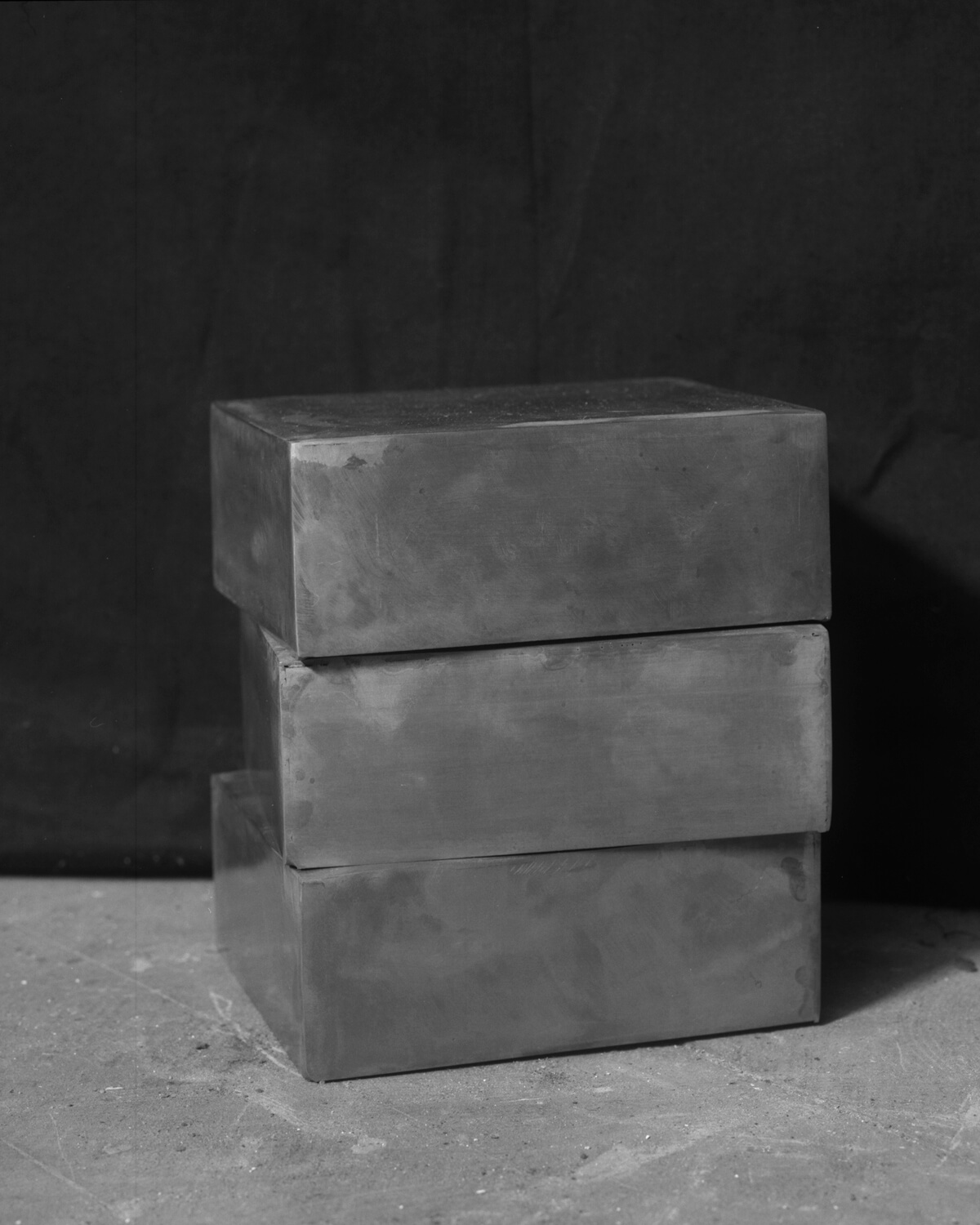
What do we remember, Marie Zbikowska asks, when we recall the perception of spaces, of structural circumstances from memory? The fragmentary nature of memory is reflected in her work process, as she starts by simulatively reconstructing an essence of something originally seen and in the next step allows the new construction to become the photographic subject. The submergence of remembered information, which is associated with its storage, leads to tackling of the aspect of archiving and the thematic examination of so-called time capsules, such as are also used in foundation stone laying ceremonies.
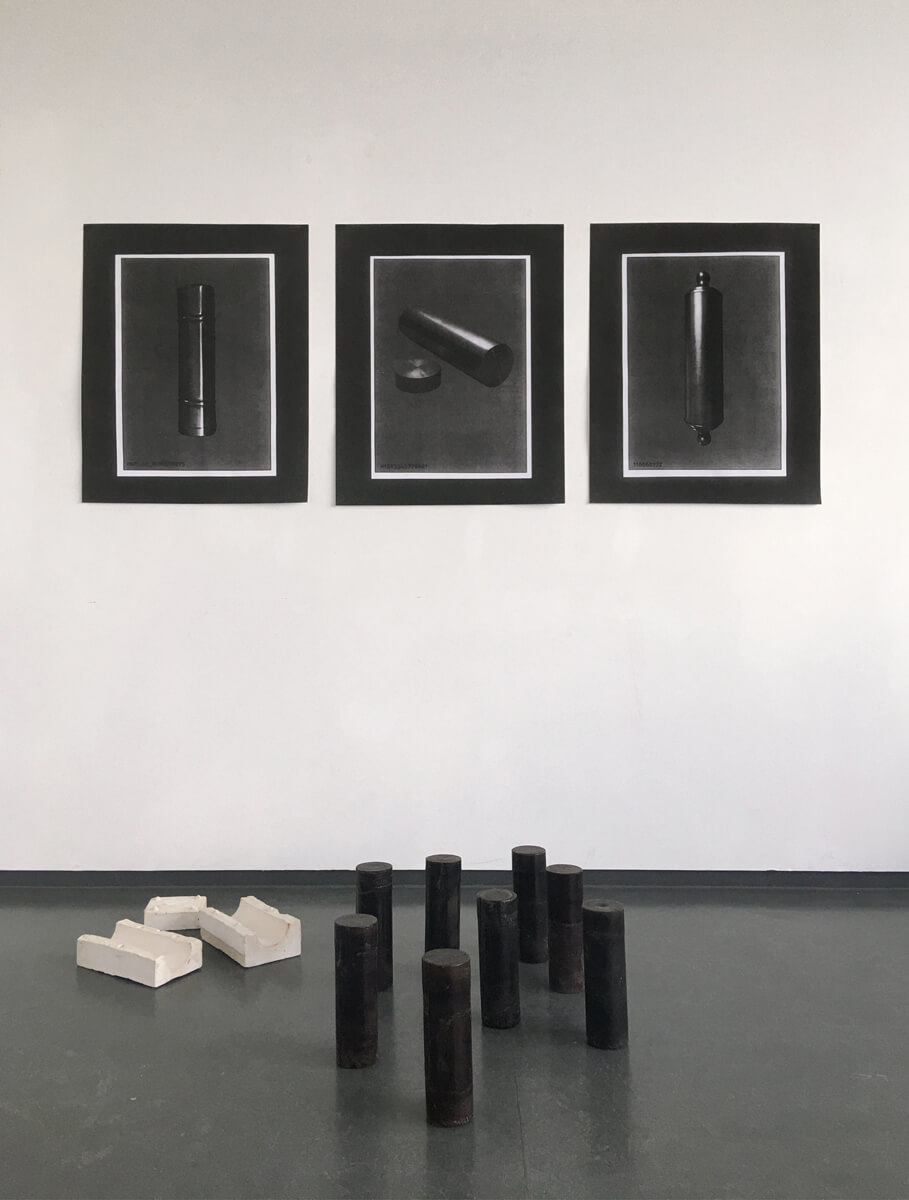
LEVEL 2 | LOUISA CLEMENT
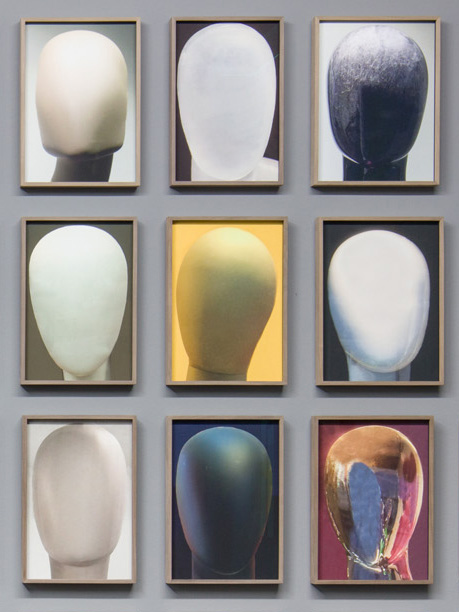
Faceless portraits. Avatars. Empty bodies. The protagonists in the photographs of Louisa Clement are artificial beings, absolved of any identity. In the artist’s works, shop window dummies serve as stand-ins for people. The photographs – which at first glance appear visionary, fictional – paint a disconcerting picture of our present life. In anonymous encounters and in the unrelated togetherness of the figures, they raise the question of whether our concept of humanitarian belongs to the present or to the past.
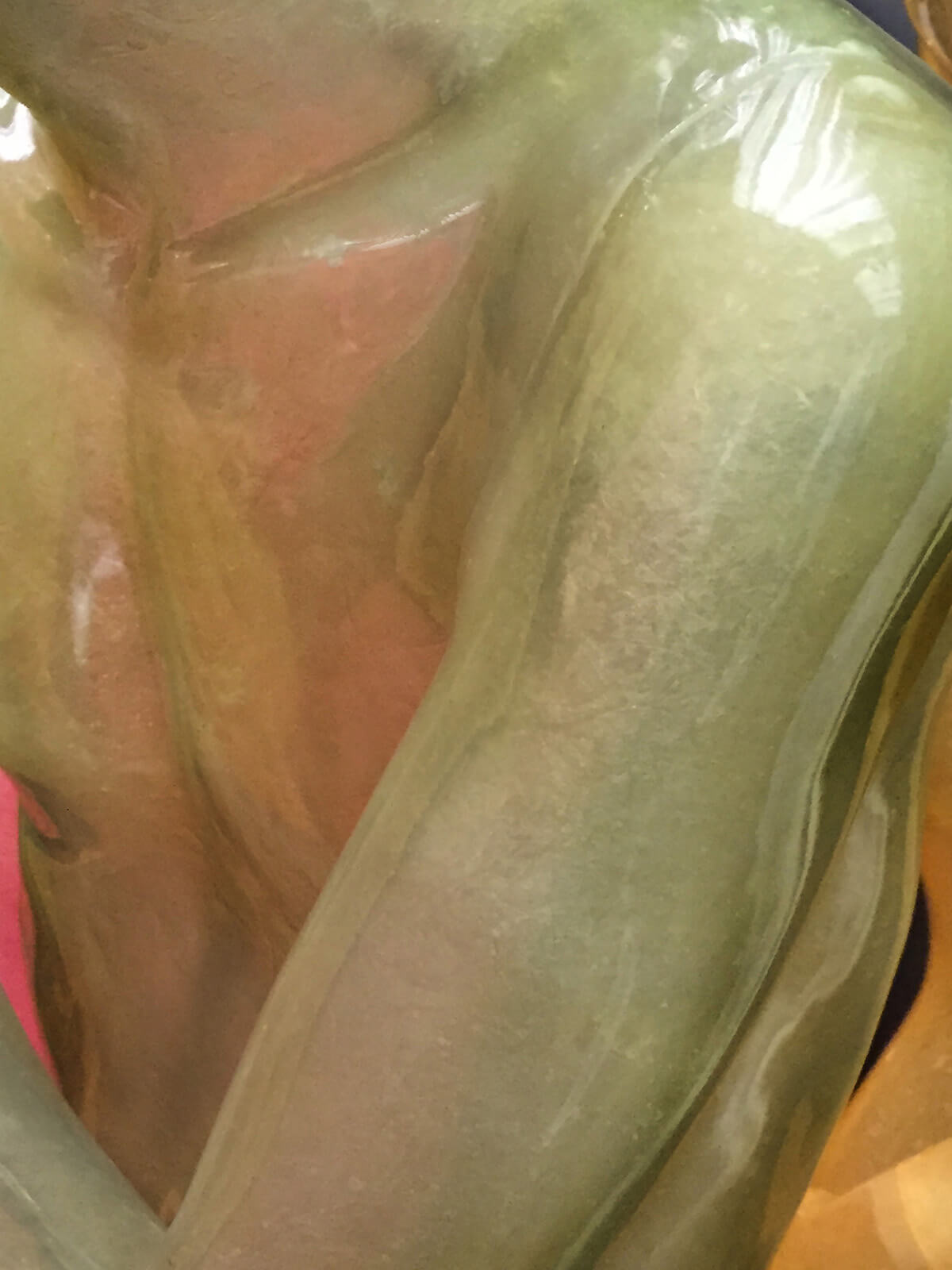
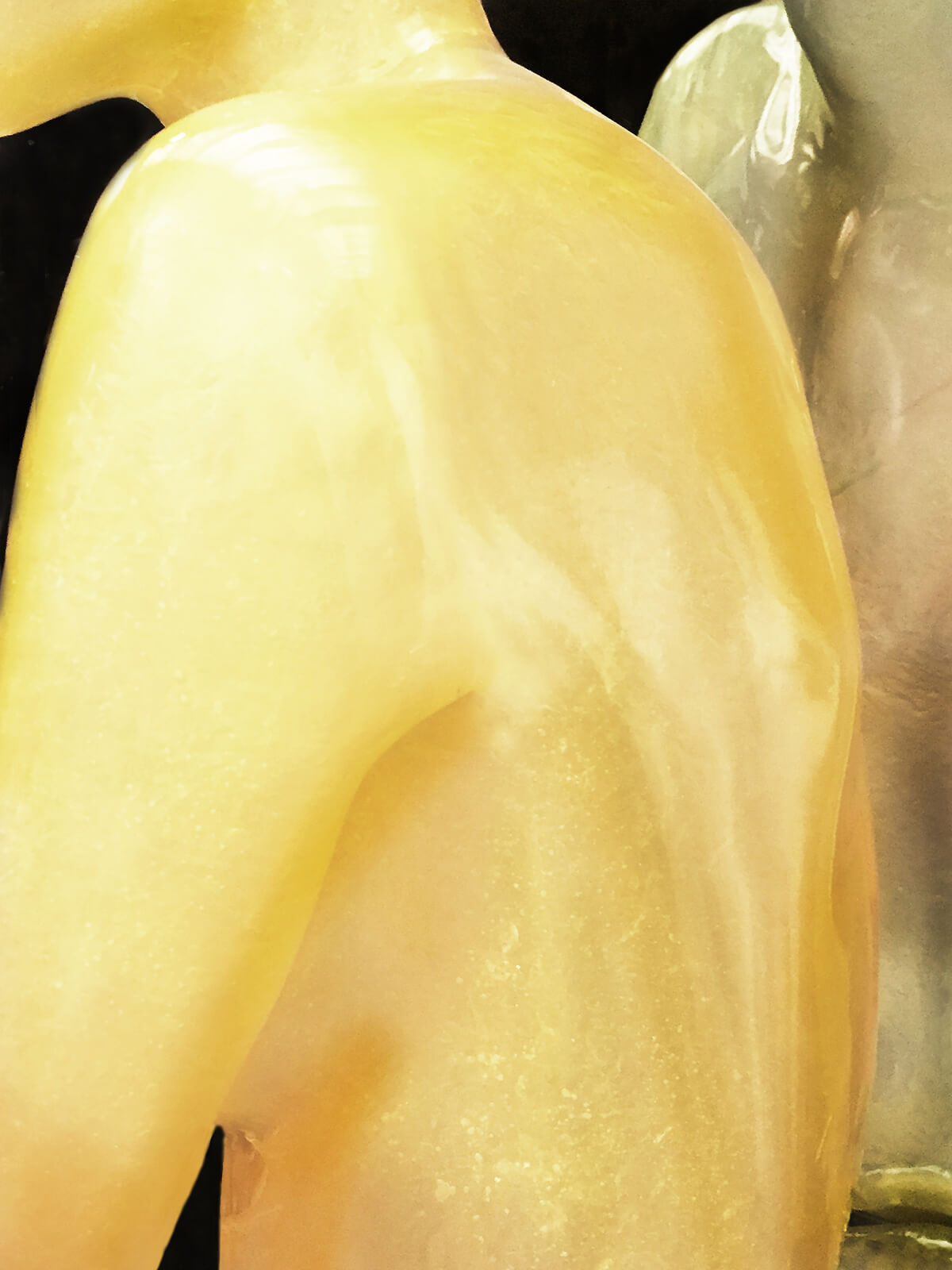
LEVEL 2 | SABRINA JUNG
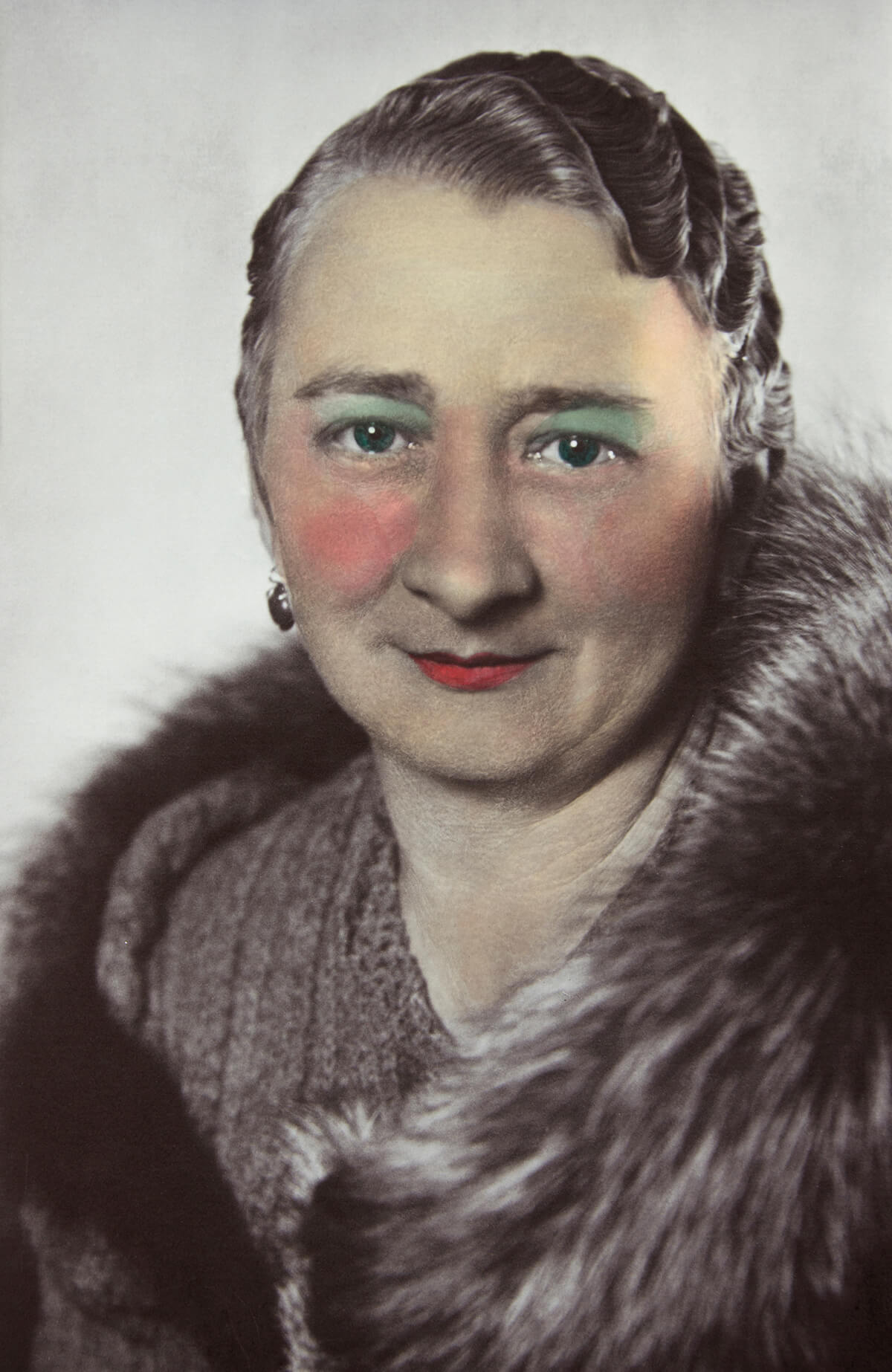
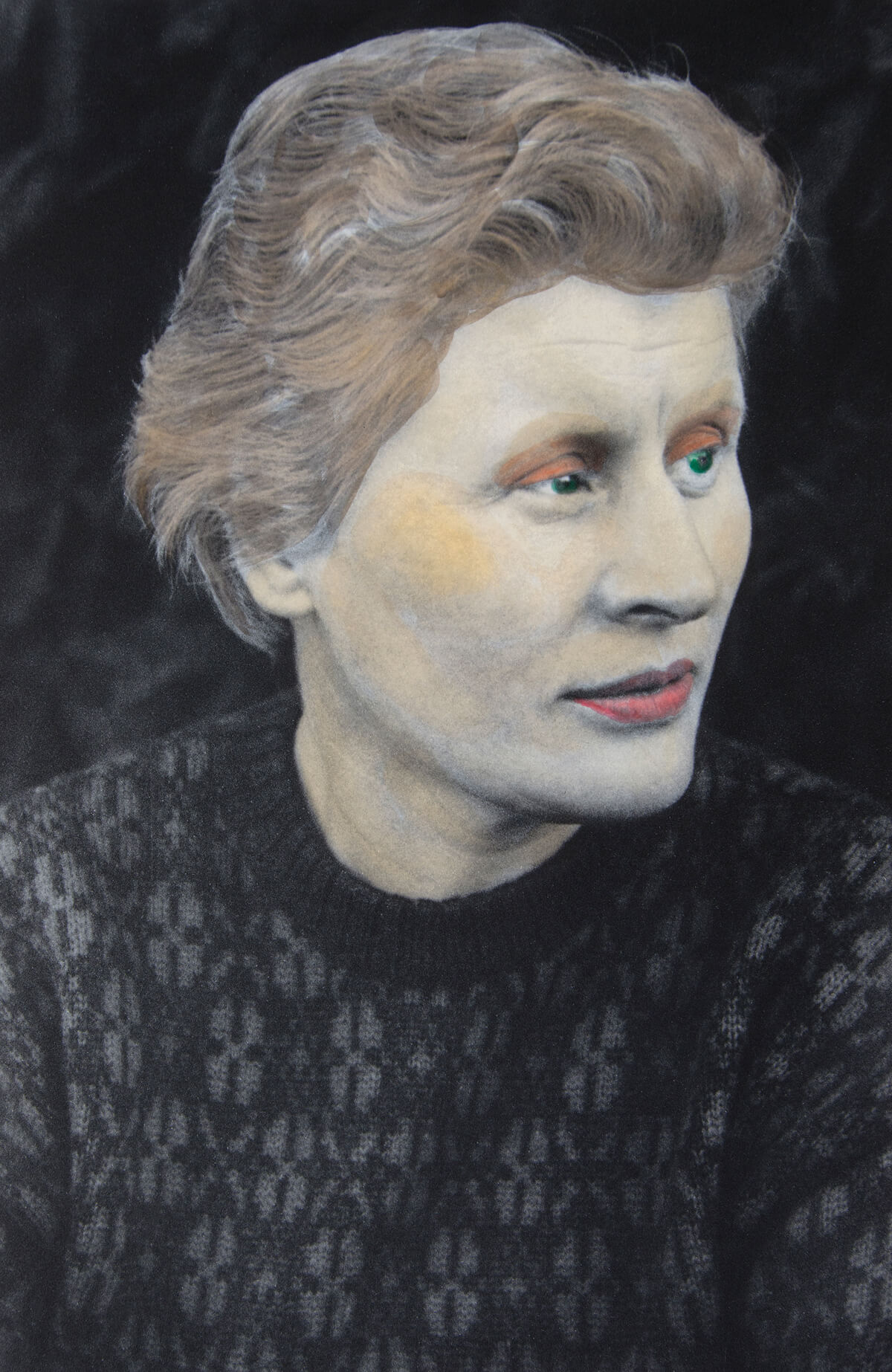
Following the tradition of appropriation art, Sabrina Jung uses previously reproduced images in her art: external materials with different temporal and medial contextuality. She creates collages of cut-out faces from current fashion magazines pasted onto photographic portraits of women from the 1920s to the 1960s. Whilst changed ideals of beauty come together in Schöne Frauen (Beautiful women), the artist addresses aspects of gender identity in the WoMen series. She uses feminine make-up to paint over historic portraits of women with androgynous-masculine features.
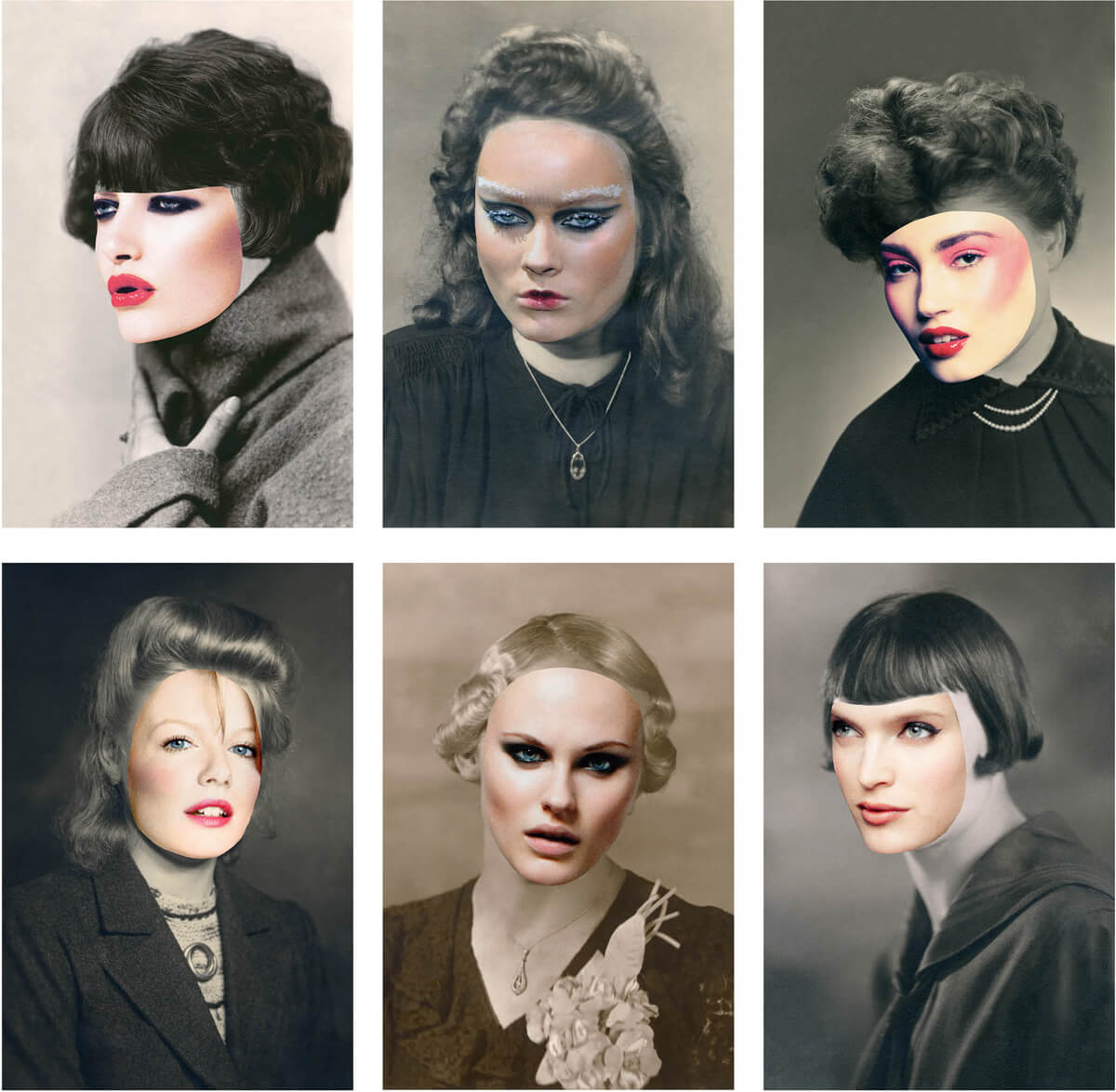
LEVEL 2 | ISABELLE GRAEFF
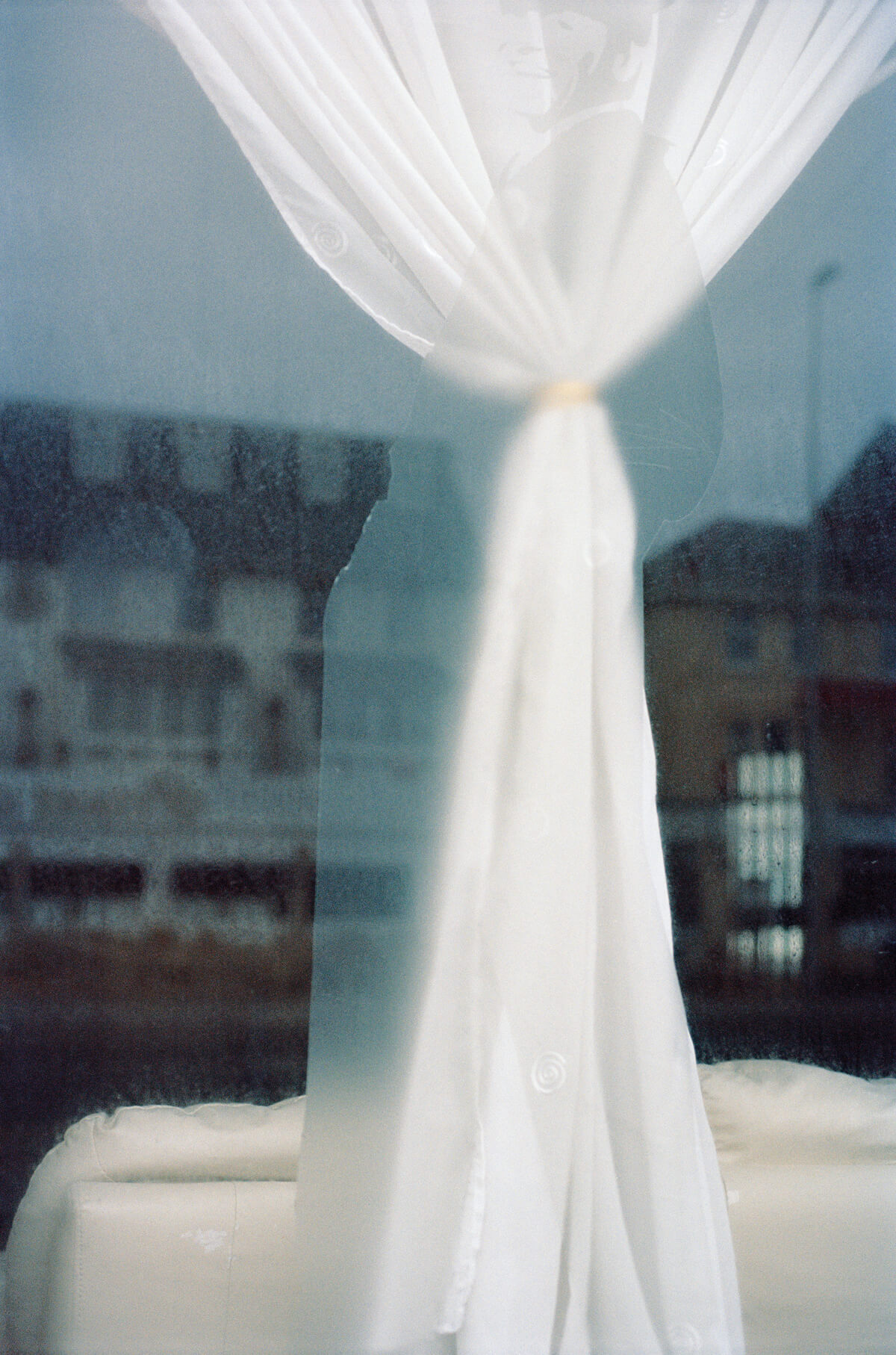
In 2015 after the death of her father, Isabelle Graeff returned to Great Britain, where she had studied. From London, she once again grew closer to the country. The photographic series Exit emerges from this: emotional, poetic pictures that reflect the state of a nation shortly before the Brexit decision. As a long-term project, her My Mother and I series has been ongoing for almost twenty years and paints a picture of the relationship between mother and daughter.
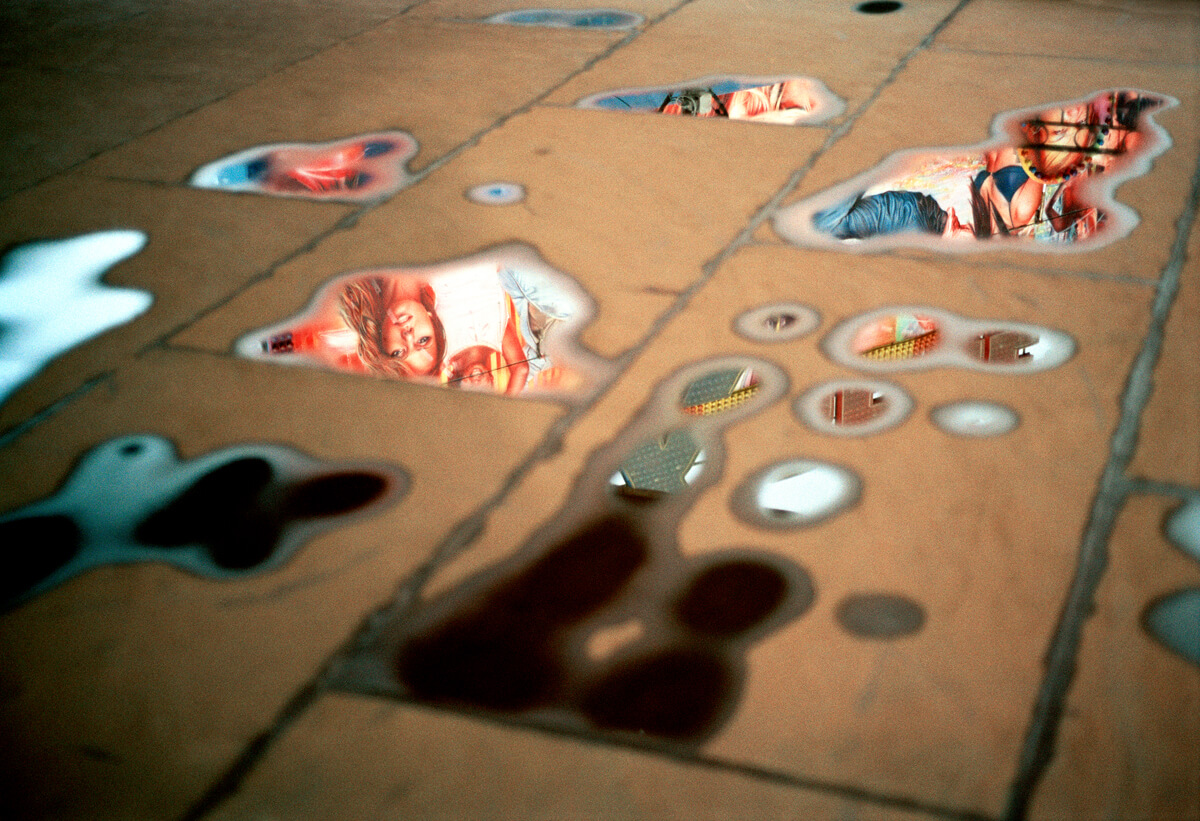
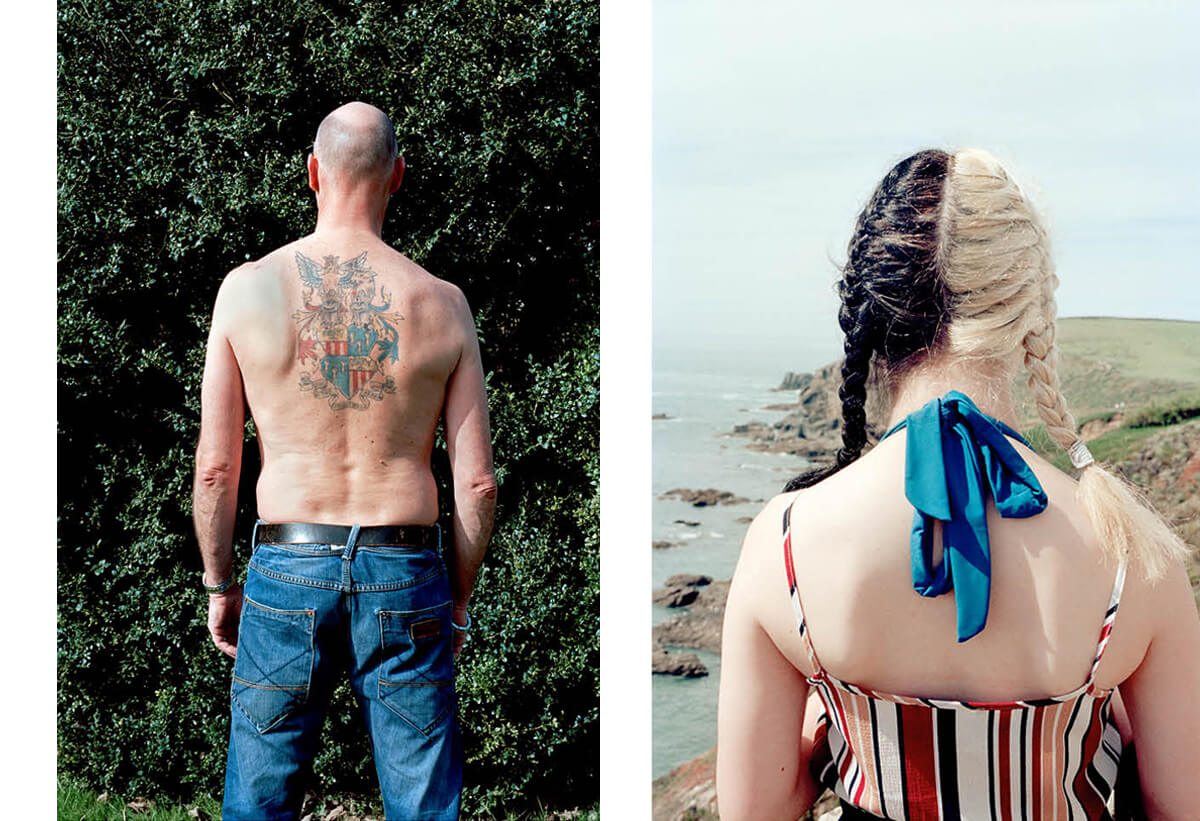
LEVEL 2 | ANDREA GRÜTZNER
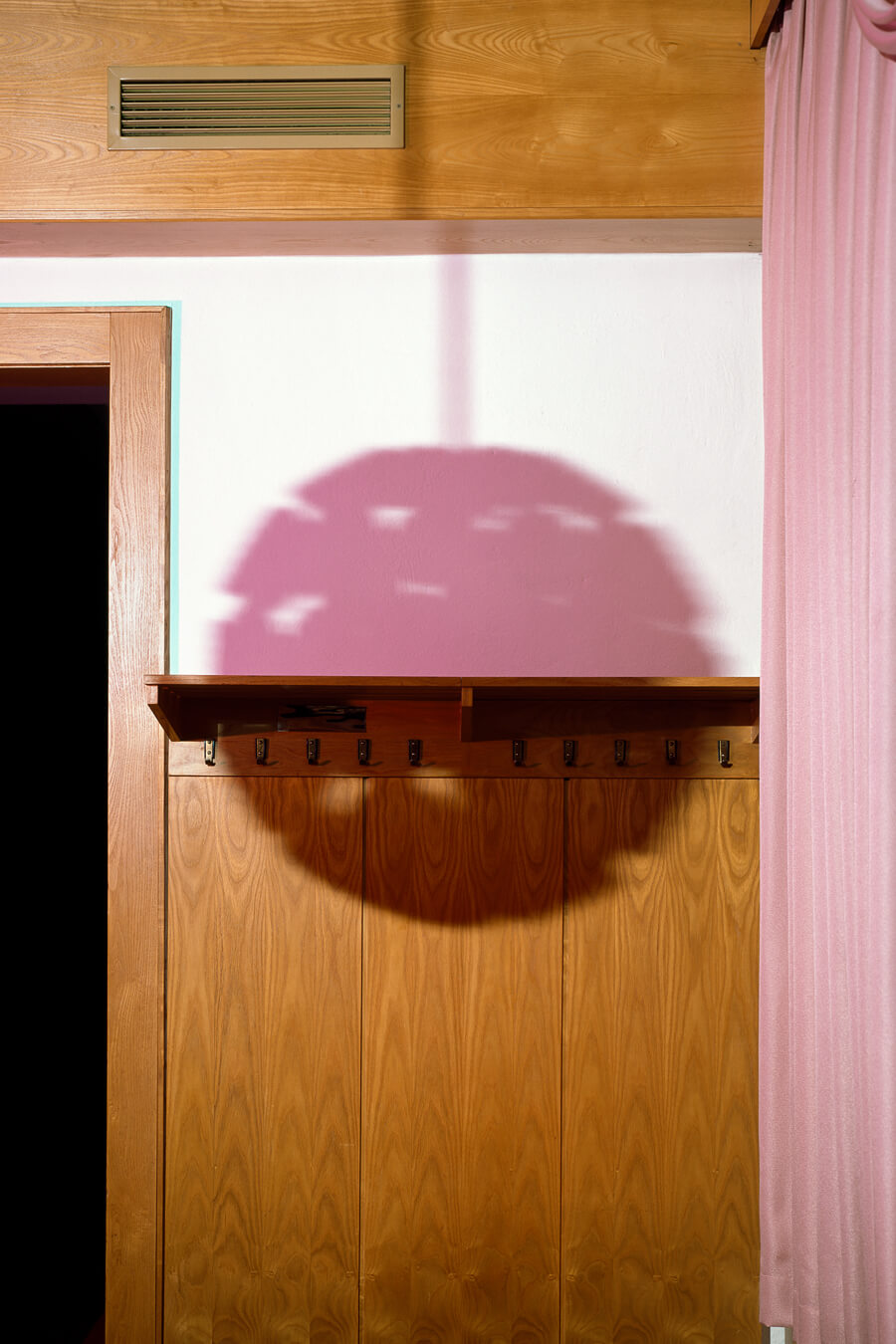
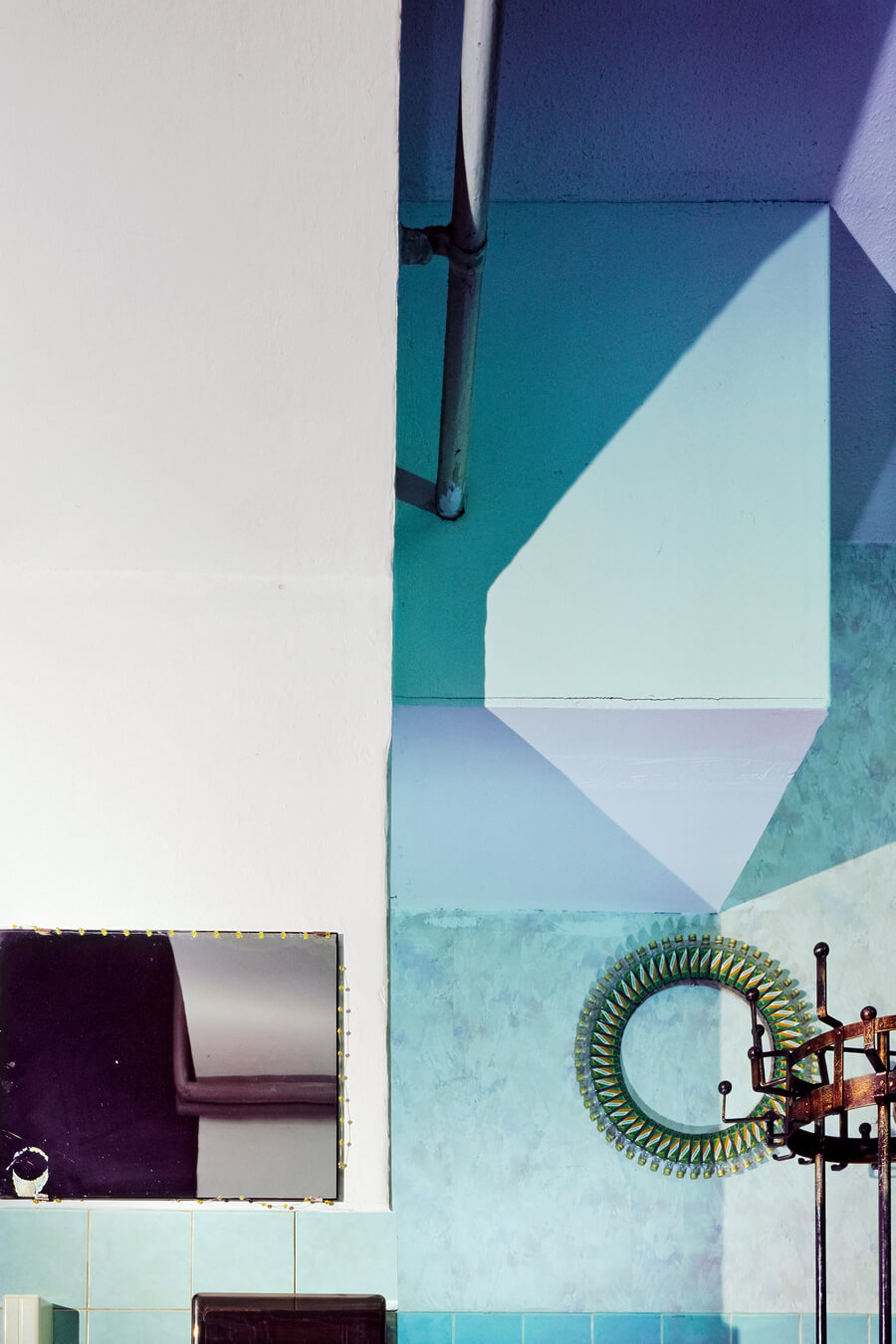
Andrea Grützner’s Erbgericht series is named after the place from which it originates. The inn (named “Erbgericht”) that has operated in her family’s home town for over 100 years is documented as a place of many memories. Yet, “the physical structure of the space volunteers nothing about itself; it is our projections that give it colour,” the artist says. Using analogue technology she cross-fades selected sections of spaces with coloured shadows. In so doing, she transcends the perceived reality of the place, sometimes to the point of its complete translation into a pictorial/graphical image.
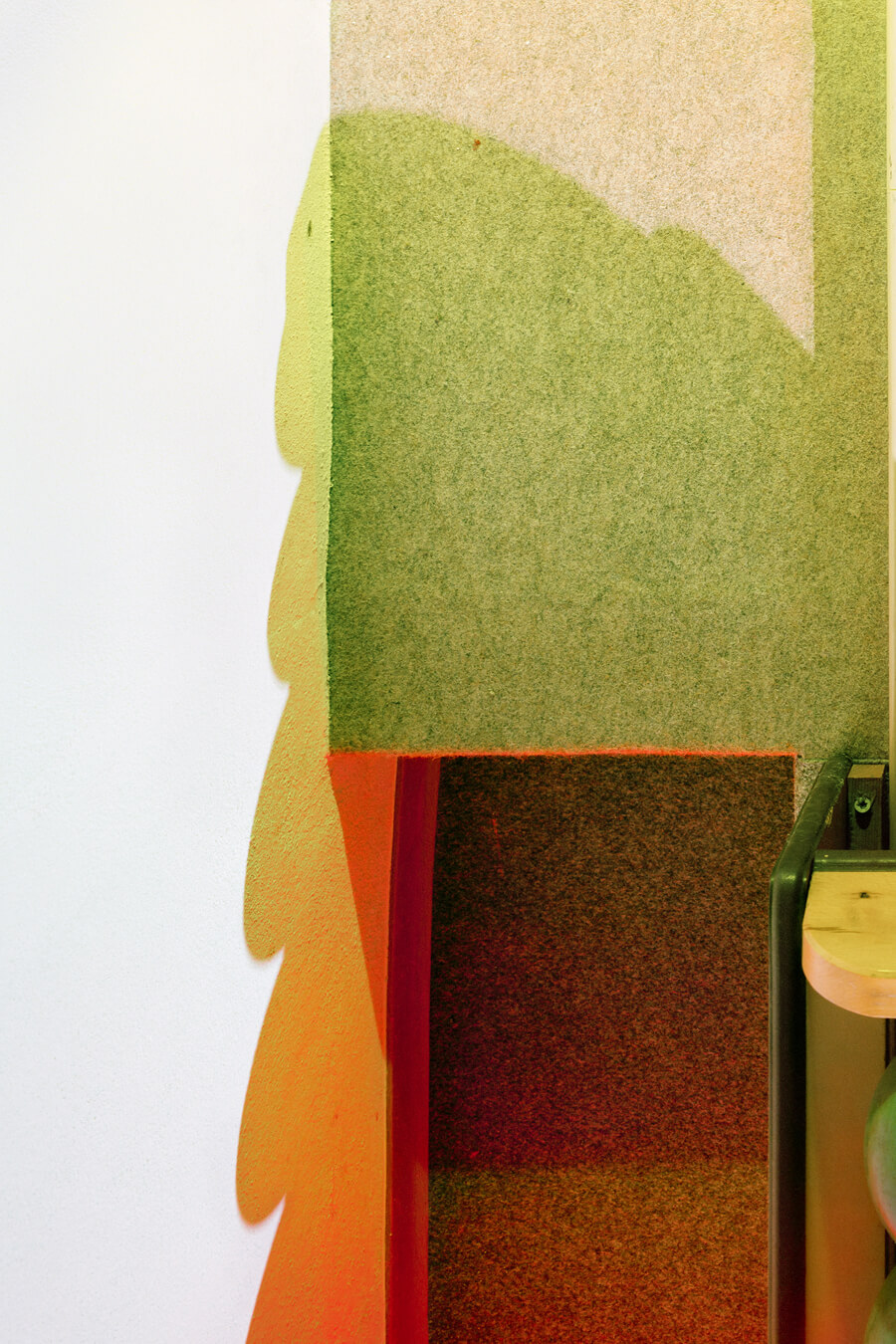
LEVEL 2 | CHRISTIANE FESER
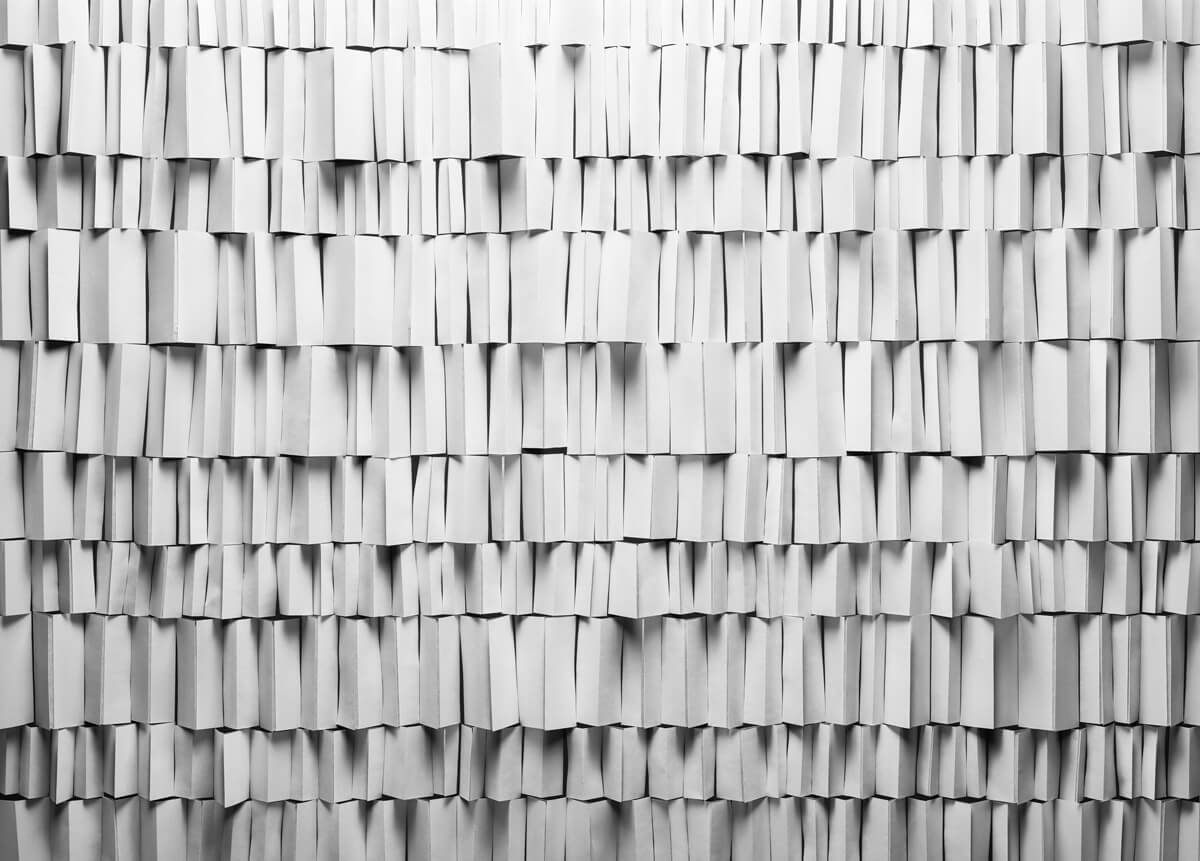
The abstract, relief-like photographic subjects of Christiane Feser are initially based on elements made of folded paper, which the artist produces, assembles into modular structures and then – using light and shade to give depth to the image space – photographs. The two-dimensional photographic copy of the three-dimensional structure is sculpturally remodelled by cutting and folding. Here, the photographic image inscribes itself into the object and makes its examination a game of deception between surface and space.
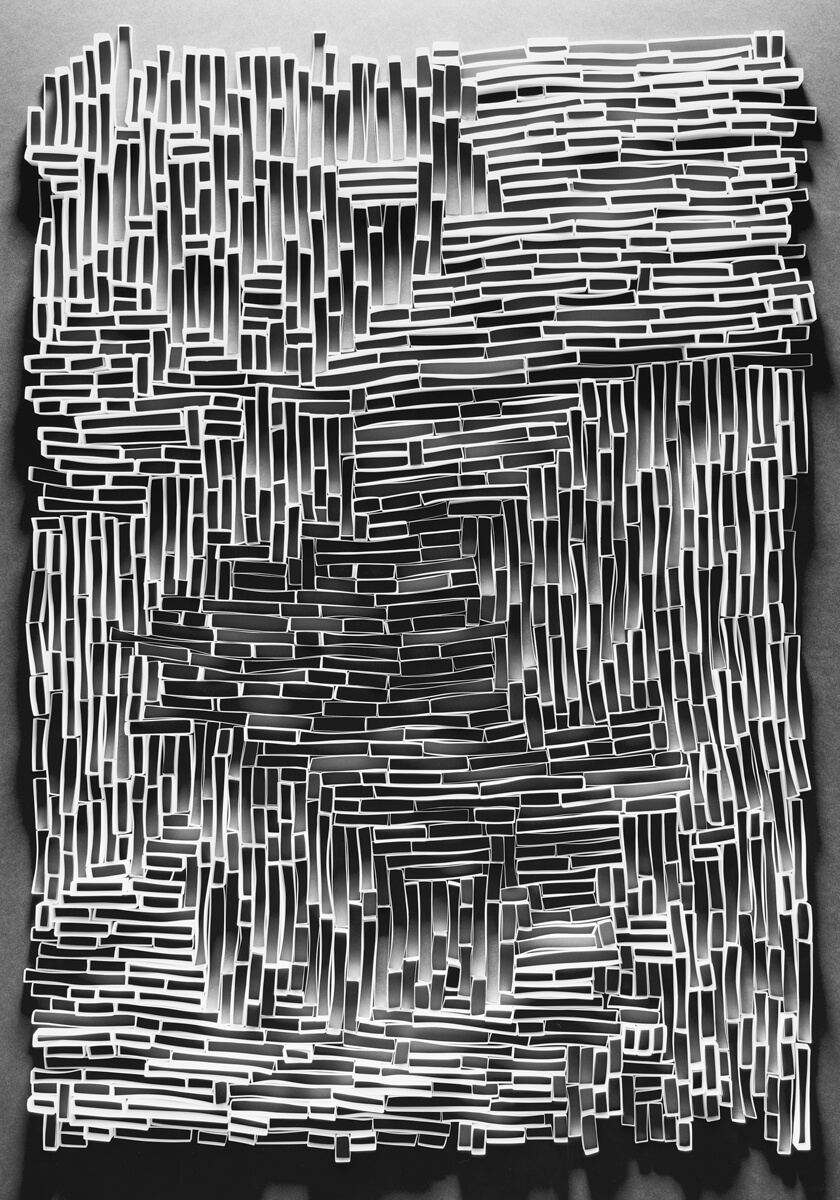
LEVEL 3 | MÅRTEN LANGE

Mårten Lange – fascinated since his childhood by the lost world of the dinosaurs – travels to Mexico and visits the Chicxulub crater, where the asteroid struck, which ended the life of the prehistoric creatures. The pictures of creatures and landscapes in a perceived situation, retracing the long lost, are in stark contrast to The Mechanism, a group of works with pictures of a contemporary, urban world marked by an impersonal social coldness.
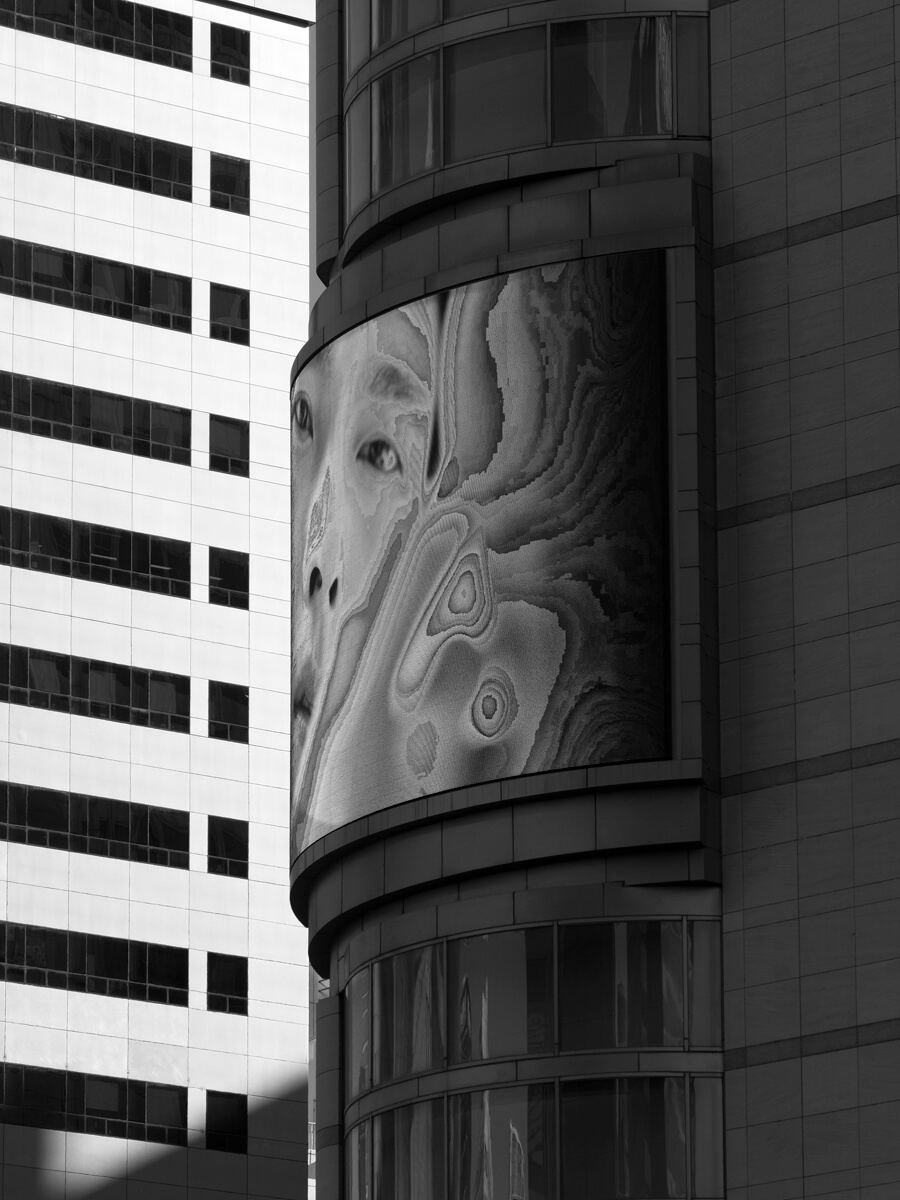
LEVEL 3 | MORGAINE SCHÄFER
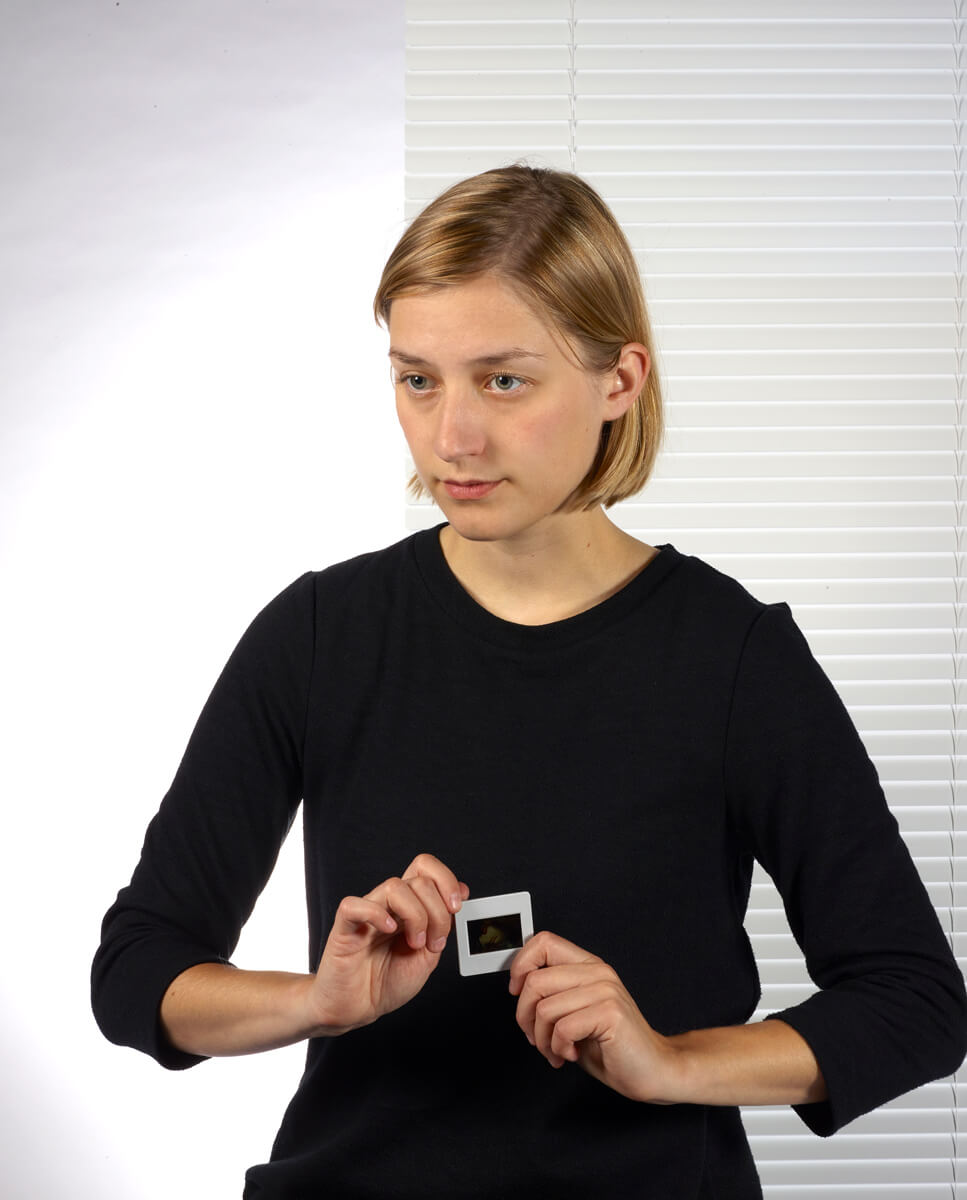
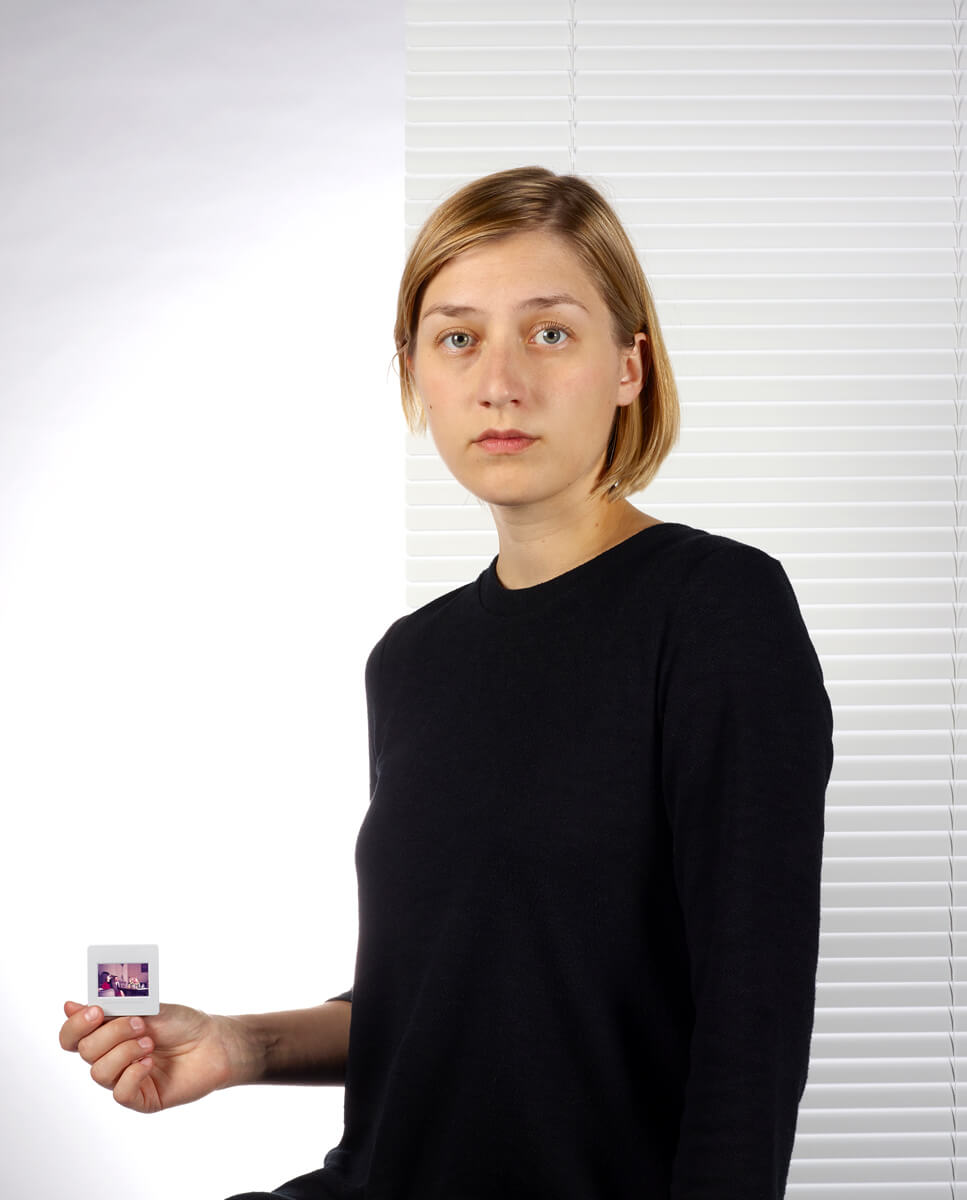
The self-portrait is a key topic in the art of Morgaine Schäfer. She presents herself in poses that appear antiquated, which originate from the iconographic tradition of the subject and therefore relate to one another in a way that is almost anachronistic to “posing” for digital selfies. In her work, considerable significance is attributed to old mounted slides of family snapshots: like the material attributes in historic portrait painting, they appear as references to personal identity.
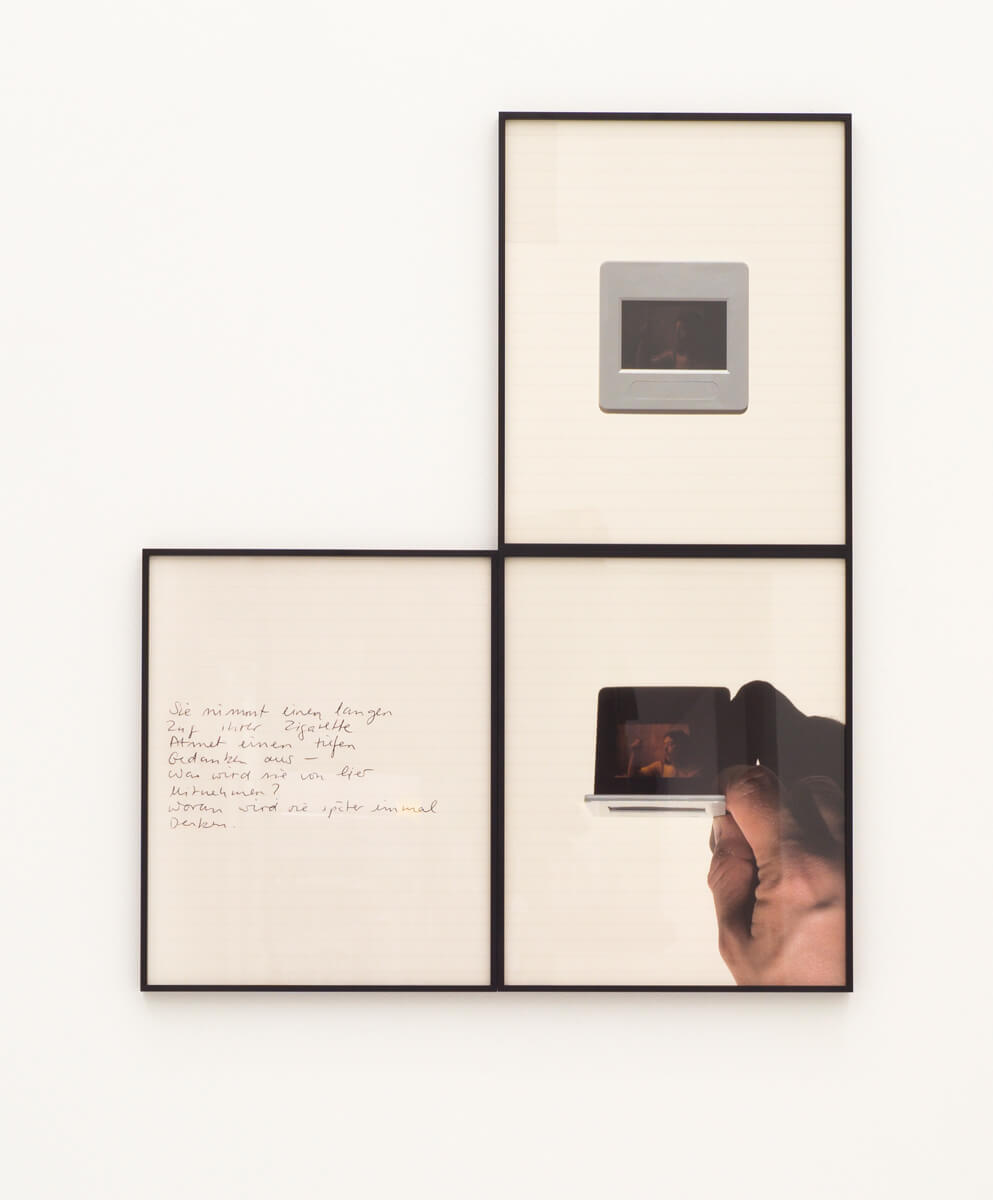
LEVEL 3 | JEWGENI ROPPEL
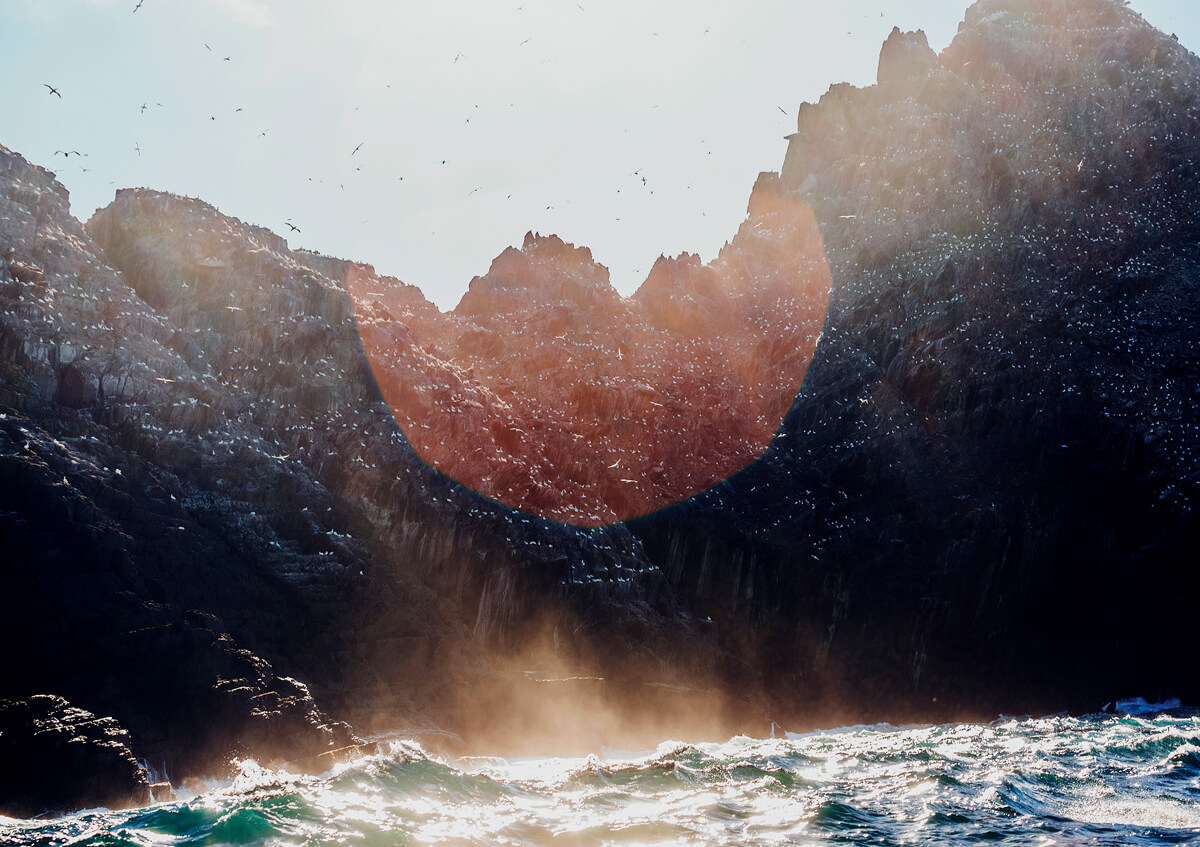
Jewgeni Roppel looks at the past and present of Ireland in his piece entitled Mothar. On his journey through the country, he asks which places, which buildings, which topographical features, which myths and evidence from historic times and which phenomena of the present day shape its identity. Building on Aby Warburg’s atlas of images, Mnemosyne, he chronicles the cultural self-concept of the country through his photographs in a way that is both illustrative and associative.
